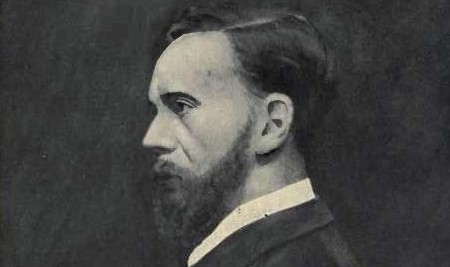
1852 - 1882
George Henry Lamson
Summary
Name:
Nickname:
The Slight-of-Hand PoisonerYears Active:
1881Birth:
September 08, 1852Status:
ExecutedClass:
MurdererVictims:
1Method:
PoisoningDeath:
April 28, 1882Nationality:
USA
1852 - 1882
George Henry Lamson
Summary: Murderer
Name:
George Henry LamsonNickname:
The Slight-of-Hand PoisonerStatus:
ExecutedVictims:
1Method:
PoisoningNationality:
USABirth:
September 08, 1852Death:
April 28, 1882Years Active:
1881bio
George Henry Lamson was born on September 8, 1852, in the United States. He trained as a medical doctor and worked as a volunteer surgeon in Romania and Serbia, where he earned a good reputation. In 1878, he moved to England, got married, and started a medical practice in Bournemouth.
However, his practice struggled financially, and he soon fell into debt. During this time, he became addicted to morphine, which only made his situation worse. Desperate for money, he came up with a plan to commit murder and claim an inheritance.
murder story
Lamson's wife was part of a family trust fund shared among five orphaned siblings. One of her brothers, Herbert John, had already died in 1879, leaving the inheritance to three remaining heirs: Lamson’s wife, her sister Mrs. Chapman, and the youngest brother, Percy Malcolm John. Percy was 18 years old, hemiplegic (paralyzed on one side), and living at Blenheim House School in Wimbledon.
On December 3, 1881, Lamson visited Percy at school. He brought a cake, which he shared with Percy and the school's director. During the visit, he gave Percy a capsule, convincing him to swallow it. Shortly after taking it, Percy fell violently ill and died. The capsule was later found to contain aconitine, a deadly poison.
Investigators discovered that Lamson had purchased aconitine from a London pharmacist before visiting Percy. They also found out that Lamson was in serious debt and had been counting on Percy’s death to claim his share of the inheritance.
Lamson was arrested and put on trial at the Old Bailey in March 1882. The court found him guilty of murder, and he was sentenced to death. On April 28, 1882, he was executed by hanging at Wandsworth Prison.